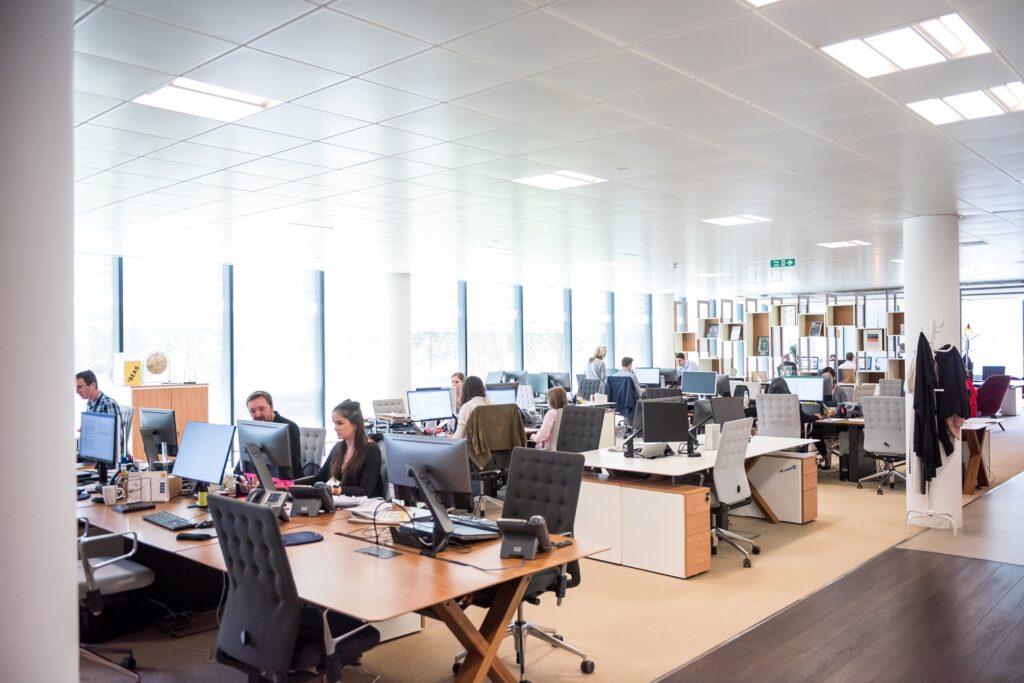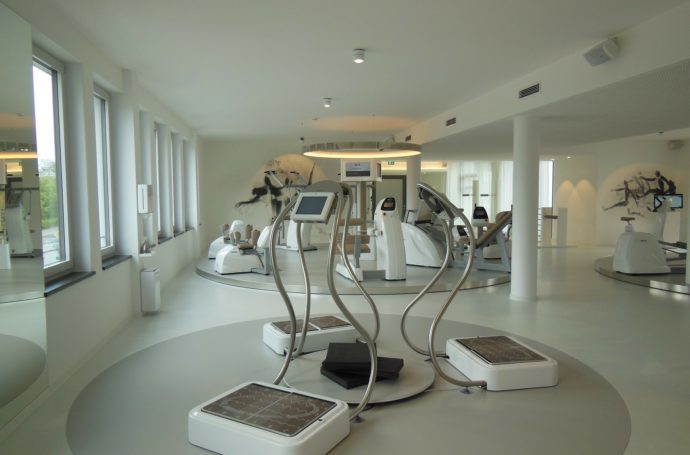 Effective risk management is vital for every business, large and small. Without it, you constantly run the risk of something escalating into a major problem. Risk management is more about prevention than cure, as it’s much more desirable to prevent an issue from occurring than having to go into damage control to solve a problem once it’s unfolded.
Effective risk management is vital for every business, large and small. Without it, you constantly run the risk of something escalating into a major problem. Risk management is more about prevention than cure, as it’s much more desirable to prevent an issue from occurring than having to go into damage control to solve a problem once it’s unfolded.
As a business owner, you can put as much focus and attention on risk management as you like, but if your business relies on employees to operate, your risk management efforts are only as good as the effort your workers put into it as well. Are your employees helping to make your workplace a safer environment, or is the opposite actually taking place?
Table of Contents
Employees Need To Be Screened and Monitored
Employees can only be screened so much at the job interview phase. After a worker is hired, it’ll be a matter of monitoring their workplace behaviour to truly determine if they are a positive team player or detrimental to the workplace.
When it comes to the issue of risk management and maintaining a safe, secure and hygienic work environment, all employees need to be on board.
Anyone with the wrong attitude and someone who doesn’t want to follow the rules is ultimately going to put your other workers and your business at risk, somewhere along the line.
Risk management isn’t just about monitoring business processes, but also everyone who works in the business.
Regular Meetings and Training Sessions Should Be Held
Even if all of your employees have the right attitude and are on board with maintaining a compliant and safe workplace, everyone needs to both be aware of what’s required and be informed of any changes in the rules or procedures to ensure a risk-free workplace as much as possible. The easiest way to keep everyone informed is to conduct staff meetings regularly, perhaps once a month. With everybody gathered together, it’s a relatively simple process of informing all employees on the latest information.
These meetings also present the perfect opportunity to seek feedback from everybody. Ask your workers if anyone has noticed a potential problem area that needs to be addressed. Also seek suggestions for improvements in general. This is both good for risk management and will also improve business operations and profitability.
A third component of these meetings could include some staff training. Whether this training relates directly to the latest risk management initiatives, or is focused on updating workplace skills, this all bodes well for establishing a safer workplace, a more efficient work environment and improved risk management protocols.
Put Someone In Charge of Risk Management
Having an employee tasked with risk management is an effective way of ensuring your business operations are in good hands. If no one is tasked with focusing on this all-important aspect of successfully operating a business over the long term, risk management might inadvertently be put on the back burner. Having an employee in the role of risk manager, or hiring a professional risk manager with experience, will virtually guarantee that proper risk management will be taking place at all times.
To help your risk manager in this vital role, you could arm them with dedicated enterprise risk management software, also commonly known as ERM software. The software can assist in monitoring your business and alerting the risk manager to likely problem areas. These suspect areas of operation can then be rectified before they result in an issue that affects the business.
Your risk manager is also the one who will regularly monitor your staff, interact with all members of staff and ensure everyone is up to date on what’s required. It’s a team effort that’s made easier with someone constantly overseeing risk management.
In Conclusion
Effective risk management is only as effective as the quality of staff you have on board. Ensure everyone has the right attitude towards business risks and is willing to do what’s required to ensure ongoing success.


